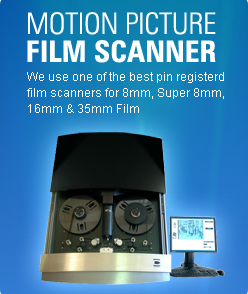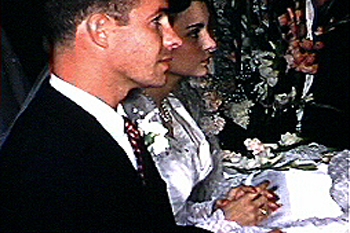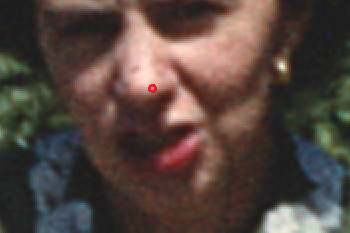
The first table shows how the same film looks using our 4 different processes. You can see that the difference can be significant for our Great Falls customers.
The second table presents a case for scanning 8mm and Super 8 film at 2K resolution. In the past year we have done 20 comparisons. Contrary to popular belief, we do see a noticeable difference in quality between our Pro HD and Pro 2K process on 8mm and Super 8 film.
In general it is recommended that you scan at or above the resolution of the film. For 8mm and Super 8 that means scanning at HD or 2K.
8mm And Super 8 Film Great Falls |
|
SD Scan
|
|
Pro HD Scan
|
|
Pro 2K Scan
|
|
Pro 4K Scan
|
|
Film Resolution |
|
Resolution of Film |
|
Film Grain
|
|
Film Grain vs Digital Pixel
|
|
So, for example, if you are looking for the best quality DVD, scan your 8mm or Super 8 at HD. If you are looking to go to BluRay then scan your 8mm or Super 8 at 2K.
Great Falls Fun Facts: Great Falls was founded in 1883 by Paris Gibson and railroad tycoon James J. Hill. The city was established to generate power from the nearby waterfalls. In the early days it was known as a businessman's town.
Montana Fun Facts: Montana is home to the Little Bighorn Battlefield National Monument, which memorializes the historic 1876 battle between the Sioux tribe and U.S. Army, often referred to as “Custer’s Last Stand.” Yellowstone National Park, located in southern Montana and northern Wyoming, was the first national park established in the United States. Montana is the fourth largest U.S. state by area, behind Alaska, Texas and California, but with an average of just six people per square mile, it is one of the country’s least densely populated states.











